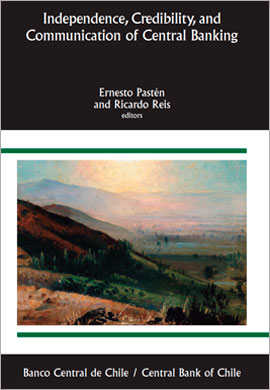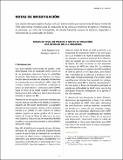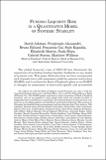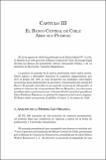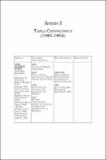Search
Now showing items 21-30 of 119
Independence, credibility, and communication of central banking
The three topics covered in the title of this volume have proved to be critical in the remarkable success of modern central banks around the globe in the fight to control inflation and smooth macroeconomic fluctuations. Despite these achievements, some old challenges have come back in recent years and ...
The transformation and performance of emerging market economies across the great divide of the global financial crisis
Before the Global Financial Crisis, a drive towards greater central-bank autonomy and transparency, as part of the achievement of greater central-bank credibility that had begun in the advanced economies (AE), spread to the emerging market economies (EME). This process was greatly enhanced by the ...
The fiscal footprint of macroprudential policy
Monetary policies leave a fiscal footprint. When the central bank cuts the policy interest rate, this footprint comes through multiple
channels: The demand for currency rises, so the central bank prints more banknotes to accommodate it, and this creates seignorage revenues. Inflation unexpectedly ...
Metas de nivel de precios y metas de inflación: una revisión de la literatura
Las autoridades monetarias de países tanto desarrollados como en desarrollo tienen, como uno de sus principales objetivos, lograr la estabilidad de precios. Para alcanzar este objetivo este logro, muchos bancos centrales han adoptado formalmente un esquema de metas de inflación (MI). Bajo MI, el banco ...
Funding liquidity risk in a quantitative model of systemic stability
The global financial crisis of 2007–09 has illustrated the importance of including funding liquidity feedbacks in any model of systemic risk. This paper illustrates how we have incorporated such channels into a risk assessment model for systemic institutions (RAMSI) and it outlines the Bank of England’s ...
El Banco Central de Chile abre sus puertas
El 22 de agosto de 1925 fue publicado en el Diario Oficial N° 14.254 el Decreto Ley 486 que creó el Banco Central de Chile. El cuerpo legal llevaba las firmas del presidente Arturo Alessandri Palma y de su ministro de Hacienda Valentín Magallanes. La puesta en marcha de la nueva institución tomó varios ...
Balance de cuarenta años: objetivos funciones autonomía y responsabilidades
En este balance final se hará un resumen de la evolución del Banco desde el punto de vista de algunos aspectos o atributos que son particularmente interesantes para apreciar las fortalezas y debilidades de su trayectoria institucional. No se intenta probar ninguna hipótesis sino básicamente destacar ...

